After a year in lockdown due to the pandemic, fly anglers are facing a different type of lockdown—prohibited fishing due to rising temperatures across the Western U.S. According to an article in The New York Times, several of the country’s premier fishing areas have either been shut down due to warm water or constricted to only morning hours, including the waters in Yellowstone Park as well as the Missouri River. More drastically, Utah has doubled the daily limit in some places because warm water temperatures are expected to kill substantial populations regardless of angler activity.
There’s no beating around the bush. This is bad news, both for trout and the anglers across the country who love to spend their summers targeting them. Instead of lamenting this situation, though, we thought we’d take a minute to shed some light on why these temperatures are so detrimental to trout populations—and then offer some tips for working around this new reality.
Let’s take a look at how water, oxygen, and temperature all play a role in the health of a trout and what anglers can do to help when temperatures rise.
Understanding Water, Temperature, and Oxygen
Long story short, the warmer the water the less oxygen there is in the water. But, to look at it a bit closer, it helps to understand how water and oxygen interact. You may think that because water has oxygen in it (specifically, the ‘O’ in H20) it dissolves into the water and that’s how fish breathe. That, however, is not the case. According to the USGS, practically all the oxygen aquatic life needs comes from the atmosphere, which is why turbulent water has more oxygen.
And, when that atmospheric oxygen is cold, the molecules are still and hold for longer in and greater numbers in the water. But, as temperatures rise, the molecules begin to move more quickly and exit through the surface of the water, reducing the overall oxygen levels. Here’s a handy graph from the USGS showing how drastic this effect can be:
In short, the worst case scenario for oxygen levels is warm, stagnant water, which is why you won’t find many fish in small, warm, cutoff ponds. On the opposite side of the spectrum, the best-case scenario for oxygen levels are cold, highly turbulent waters—in other words, a healthy trout stream.

How Trout and Oxygen Interact
According to Midcurrent, trout need oxygen levels in four parts per million in order to survive, and this can be achieved through cool water, fast-moving water, or the perfect combination of the two. As temperatures rise and oxygen levels decrease, trout begin to struggle. And, there’s a snowball effect as well:
“Ironically, the warmer the water gets, the more oxygen trout need because they are cold-blooded creatures whose metabolic rate increases as the environment warms,” Author Jim McLennan writes. “In fact, trout need about four times as much oxygen at 24° C as they do at 4° C, and this is a strong determining factor in where they can live.”
So, what actually happens when temperatures rise? Well, trout go into survival mode. There’s a fairly wide range of survivable temperatures for trout if they can get to shaded areas and are unstressed (this is where us anglers come in, or more prudently, don’t come in), but only for a certain amount of time. Certain species of trout can survive in 80-degree water for 24 to 48 hours, but their prognosis doesn’t look good for long after. In Chad Shmukler’s article for Hatch Magazine, he outlines the consequences for trout at temperatures in the 70s:

“These stresses begin to set in well before the water temperature reaches lethal limits,” he writes. “For example, rainbow trout are said to be able to survive in temperatures up to and exceeding 77°F (24°C), but stop growing at 73°F (23° C). It stands to reason that a fish, one which is already oxygen stressed while positioned carefully in current that minimizes its energy use, will be dramatically more stressed after being hooked and attempting to fight its way to freedom. In fact, in many cases, a fish otherwise properly handled and released under thermally stressful conditions may be likely to not survive.”
Think of it this way. As temperatures increase above the low 70s, trout begin to slowly suffocate and the last thing they need is to exert energy, exacerbating their suffocation, which is exactly what happens when they’re on the end of a fly line.
What’s the Best Temperature for Trout
So, if you’re looking to help trout out, put away your fly rod when temperatures get above 67 degrees. At least, that’s the consensus. The folks at Trouts Fly Fishing point out that you should take special care when temperatures are creeping up to 65 and 66 degrees, which may include:
- Using a heavier tippet to bring in fish more quickly.
- Shorten fights to reduce stress on the fish.
- Fish early in the day before water temperatures begin to climb.
And, if temperatures are below 65 degrees, you’re good to go. Trout have more than enough oxygen and should be feeding and behaving at normal levels. One additional note: If the safety of the fish isn’t enough to convince you, the fishing probably won’t be great at above 65 degrees regardless. When fish are in survival mode, they’re probably not going to be feeding heavily and will most likely be finding cover in out-of-reach places to stay cool.
What Should Anglers Do?
Well, you’ve accomplished the first step by reading this article. Now you know. Beyond that, pay attention to the water temperatures before you go fishing. USGS has a great resource for many rivers, you can check with local fly shops, or even bring your own thermometer to the river (but it’s probably best to leave it to the experts). Regardless, if it’s a warm day out or really any day in the summer, check temperatures before heading out.
Then, if temperatures are too high, change up your plans. Other species, like bass, panfish, carp, pike, and more, are much heartier than trout and can survive in warmer temperatures. So, if you need to scratch the fishing itch, try mixing up your pursuit.

Lastly, try to think about your fishing pursuits on a broader scale. Sure, it’s fun to catch fish and spend a day on the water, but it’s meaningful to protect your home waters and the fish that are swimming in them. If you can be a steward for your rivers by putting up your fly rod on hot days, you’ll be setting an example for every other angler who’s maybe on the fence. Cooler days will always come.


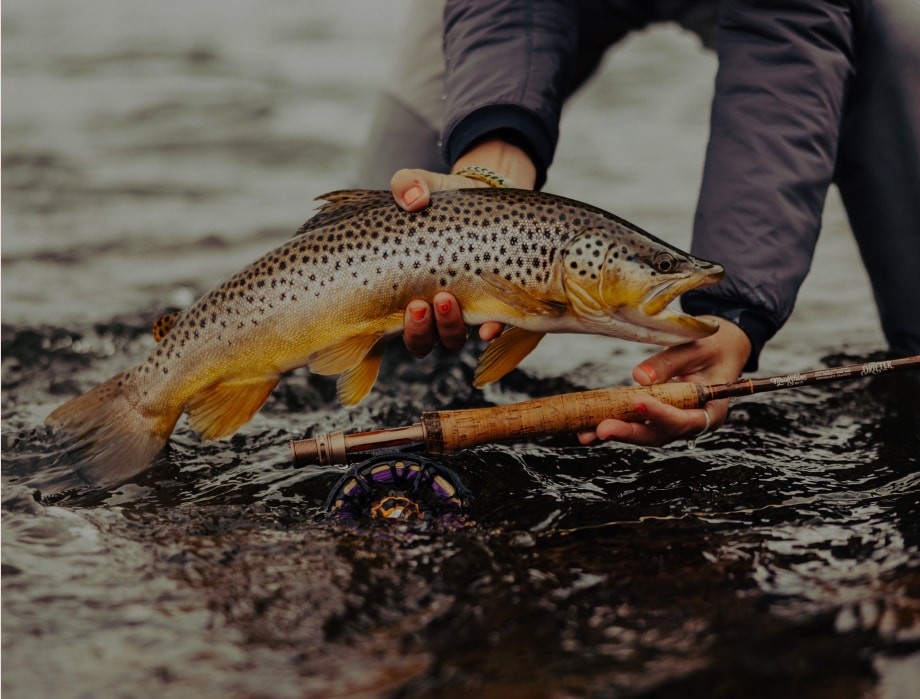
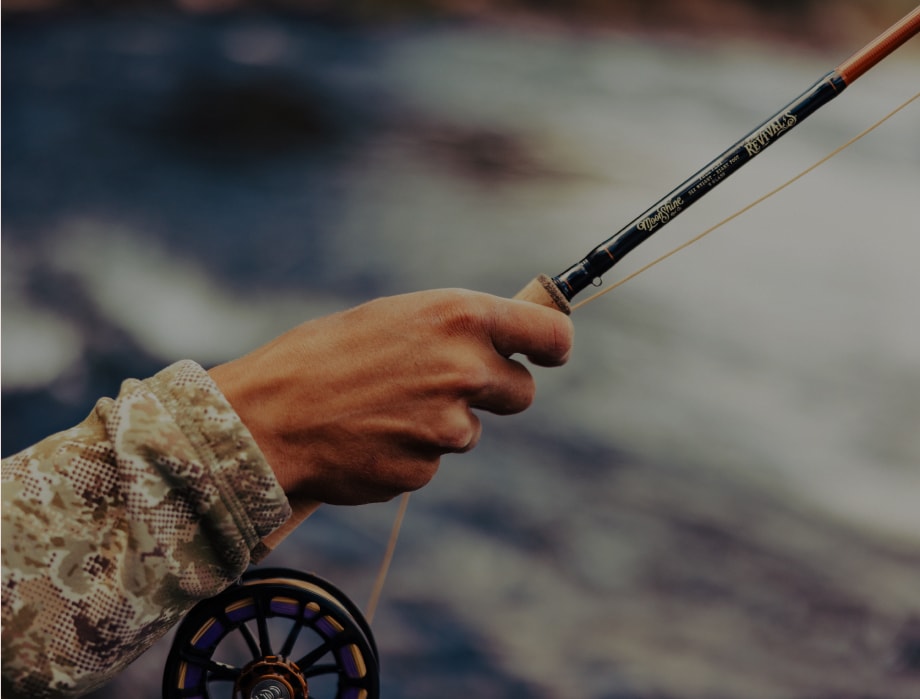
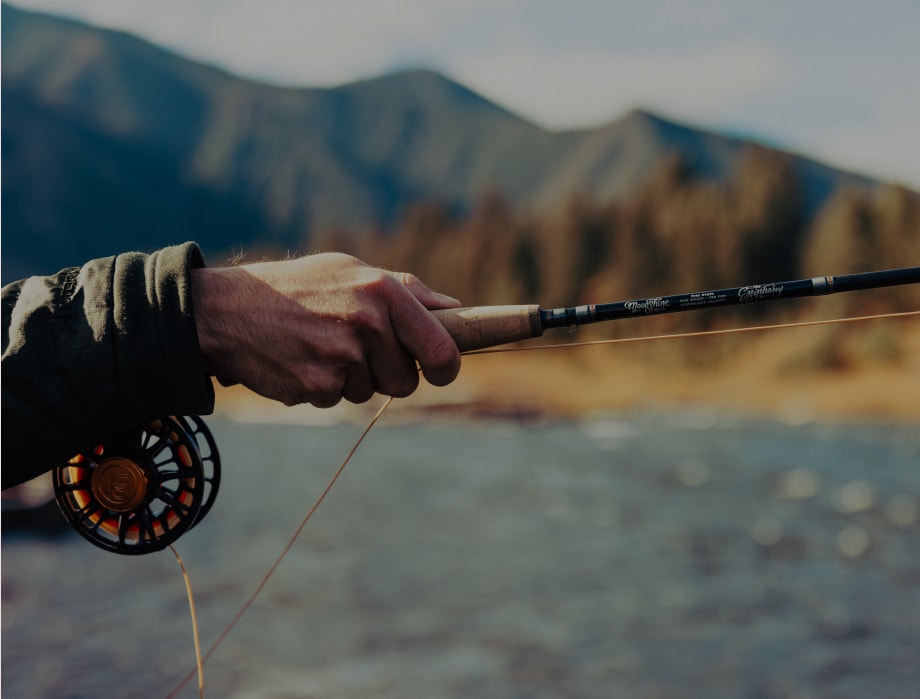
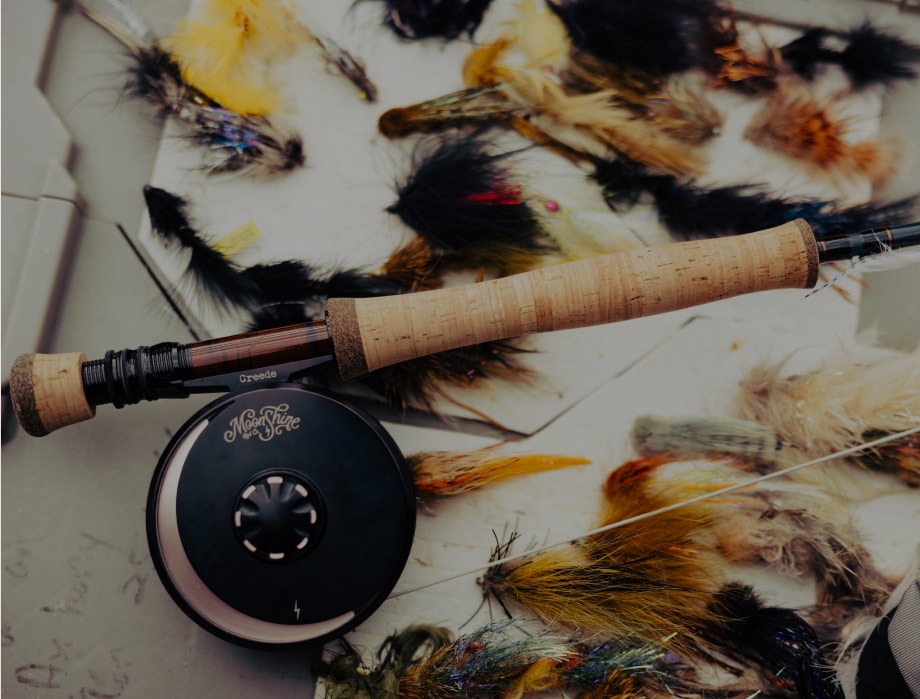
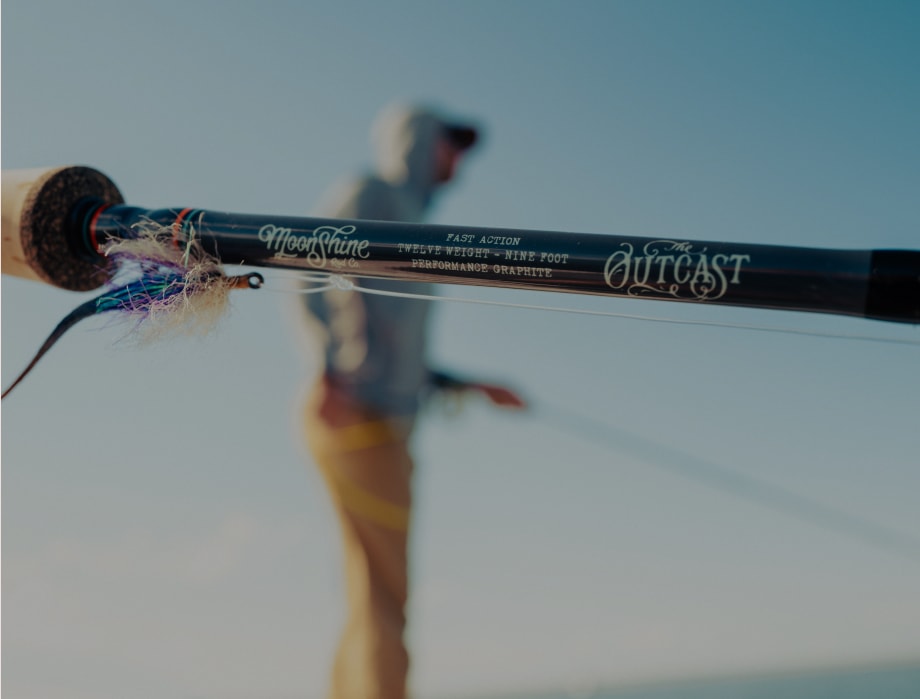
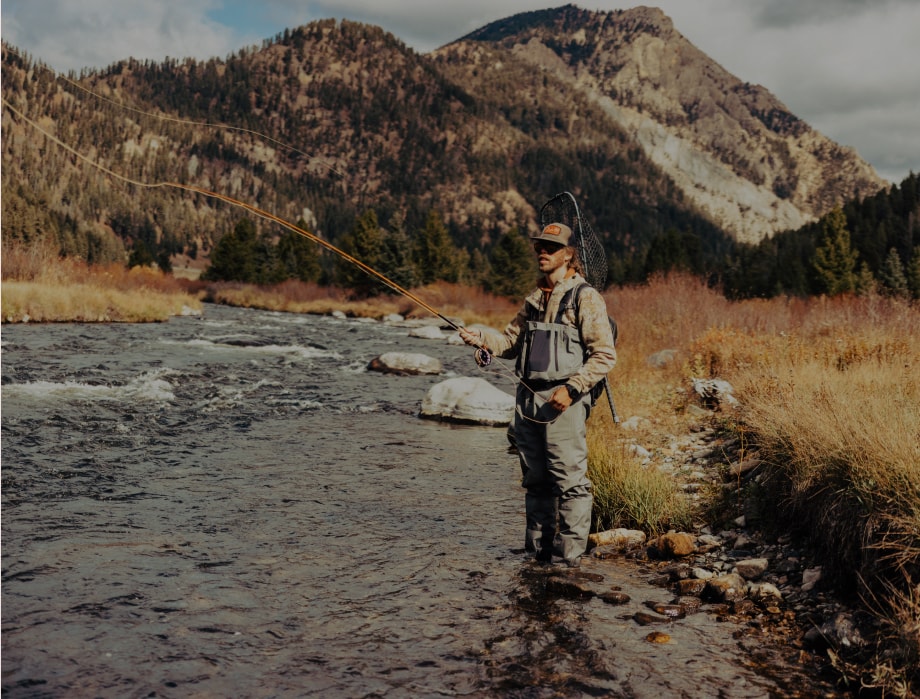
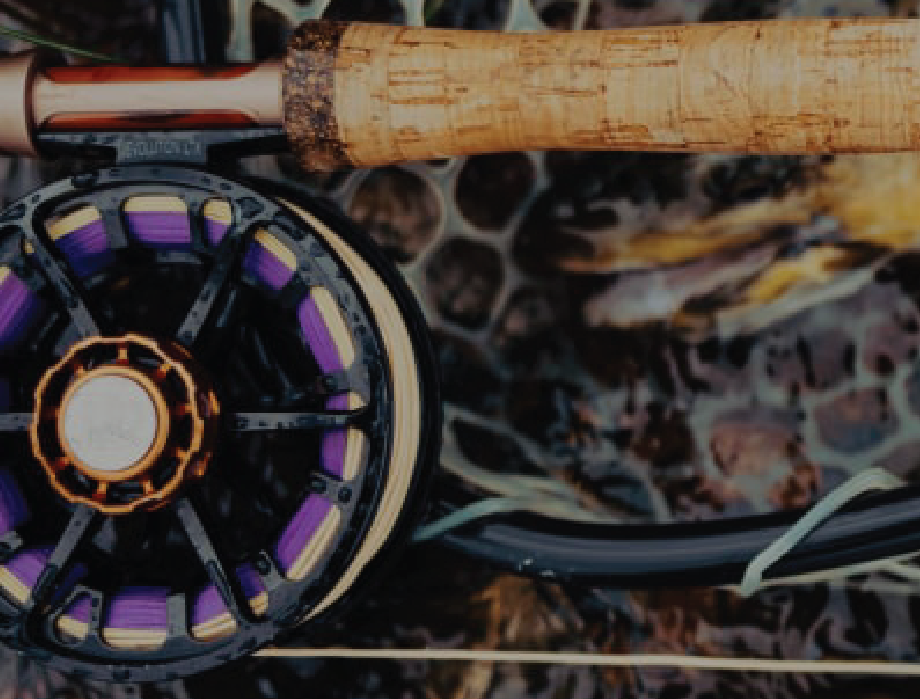
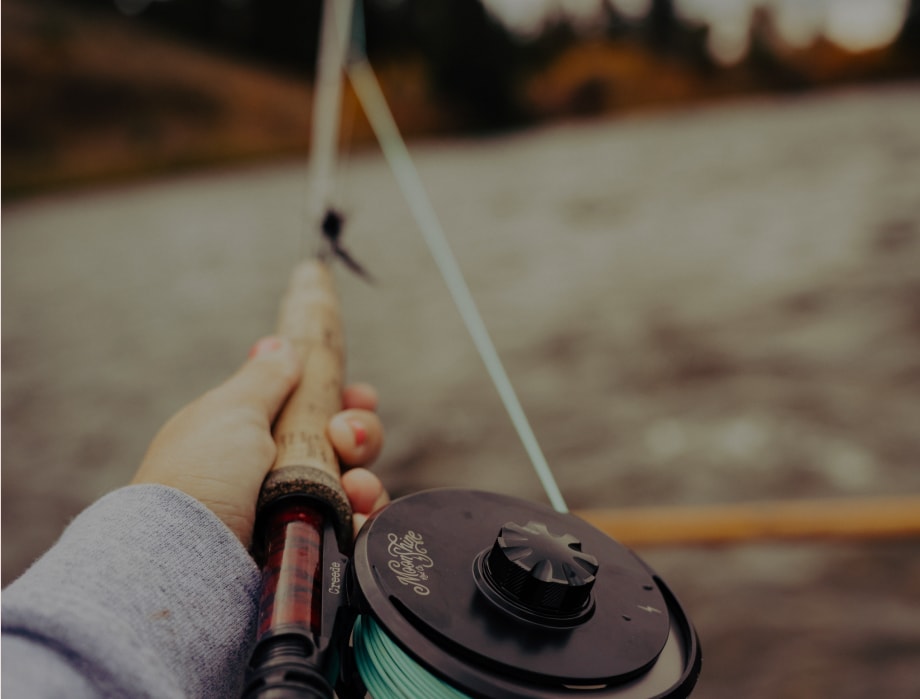
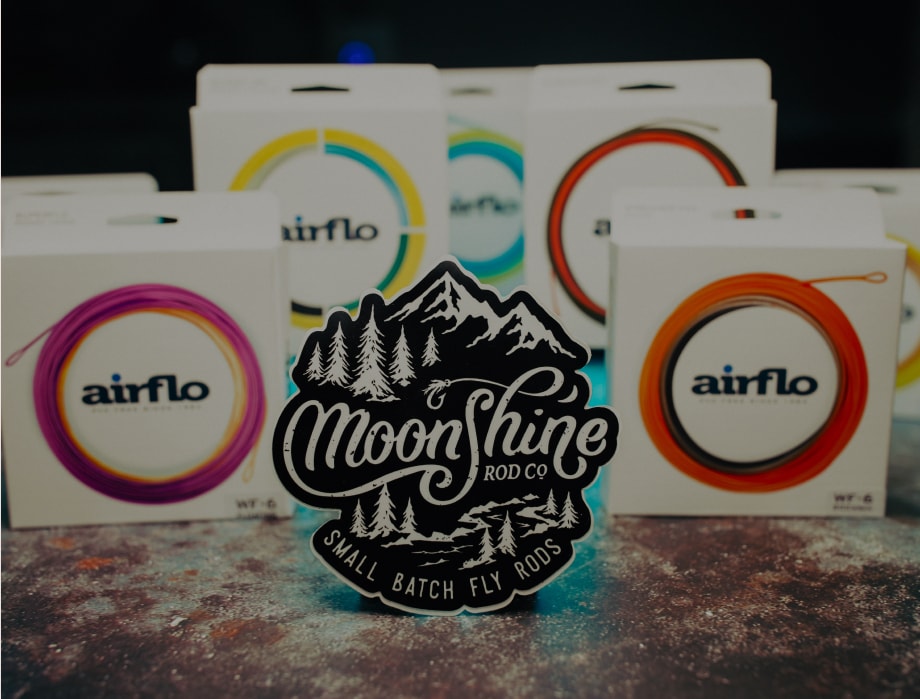

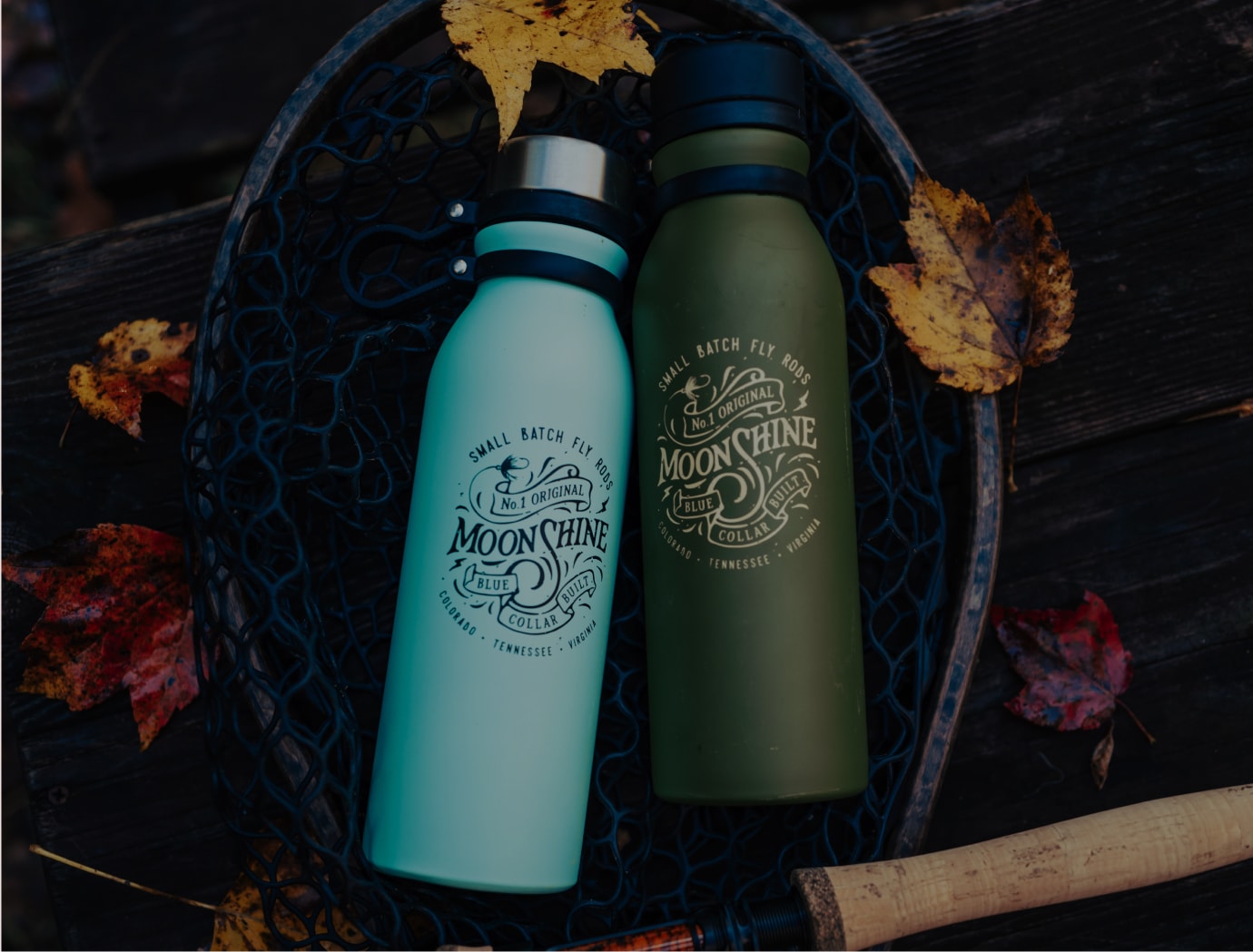


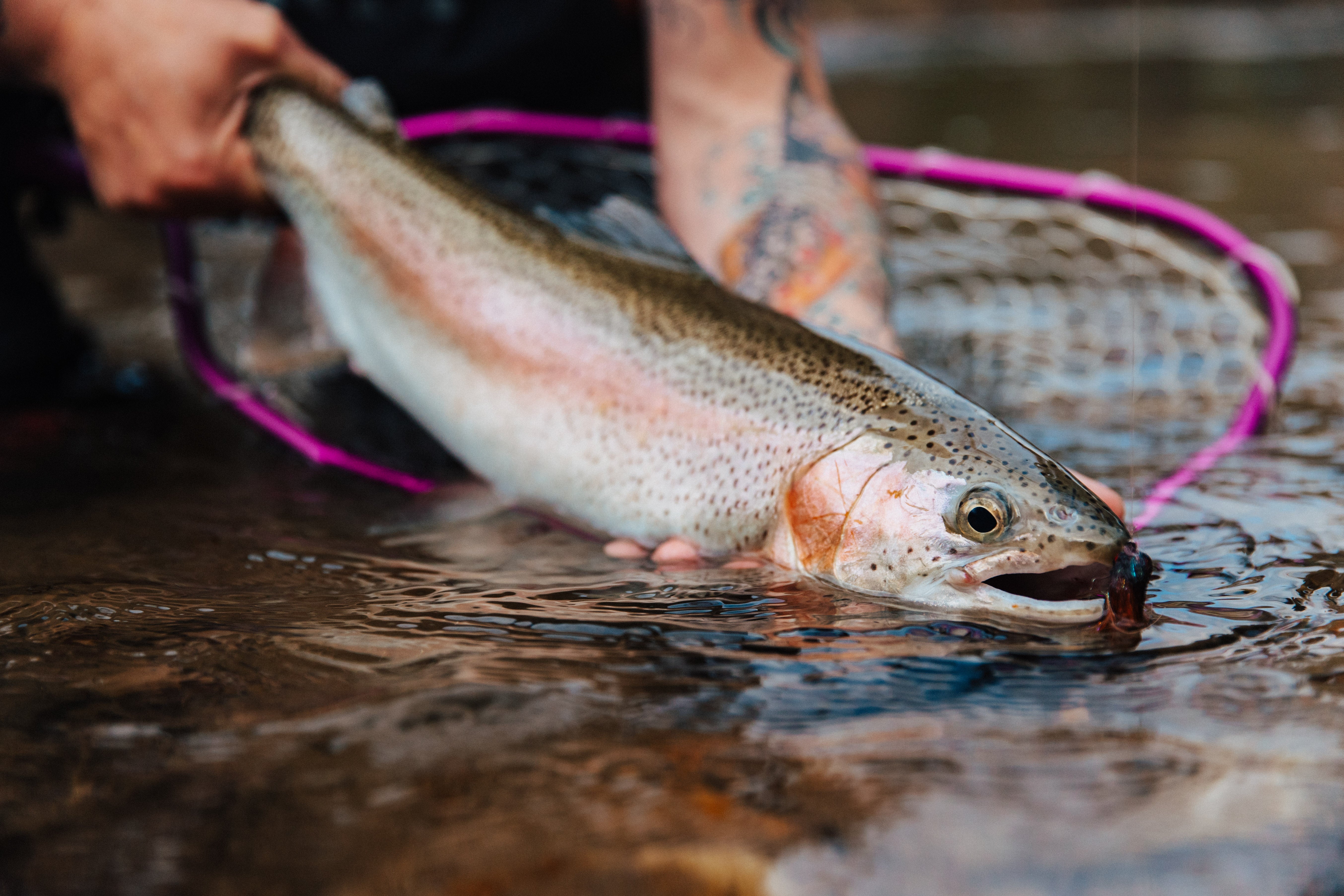
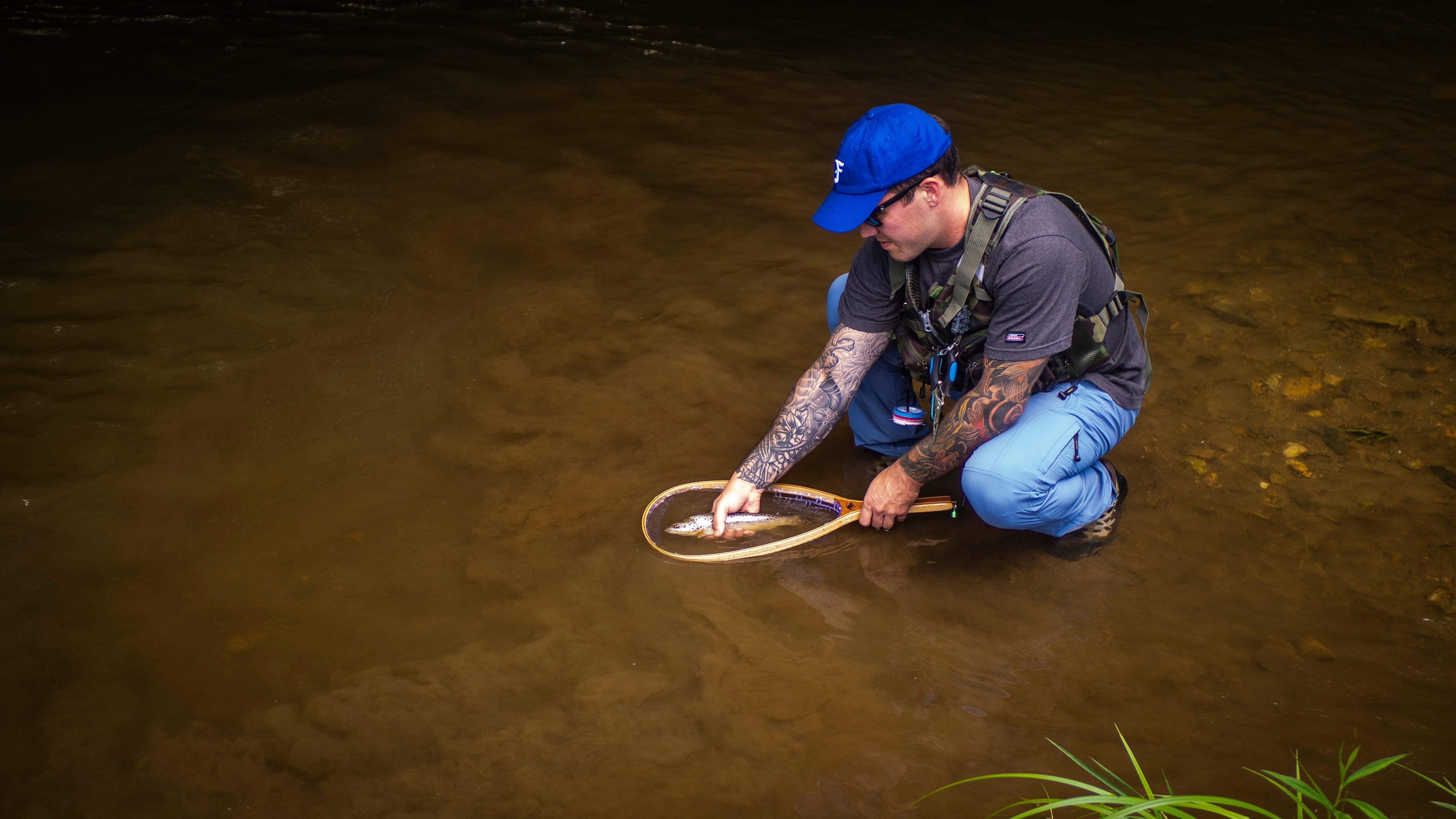
Leave a comment
All comments are moderated before being published.
This site is protected by reCAPTCHA and the Google Privacy Policy and Terms of Service apply.